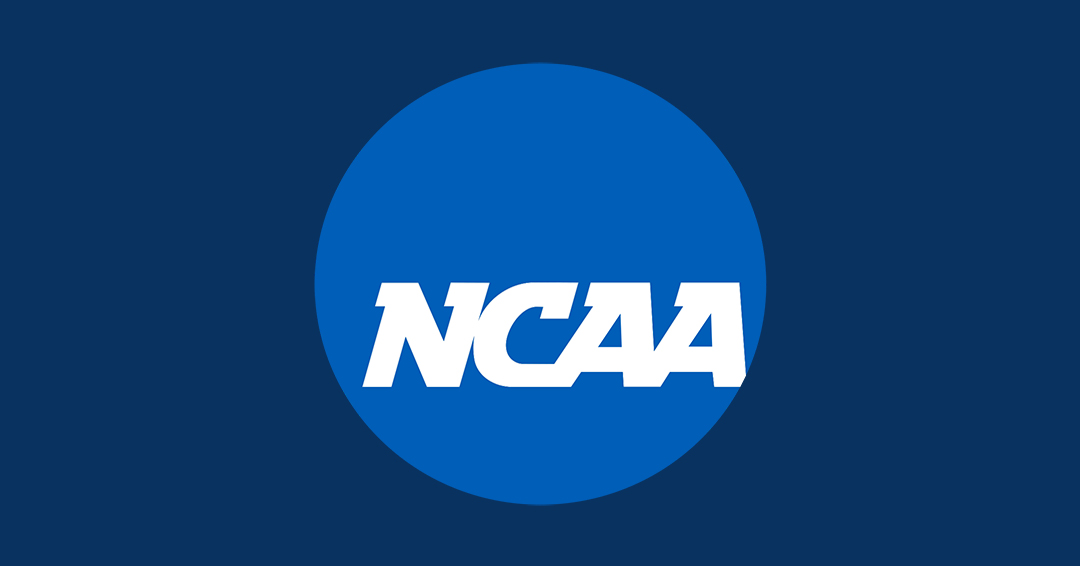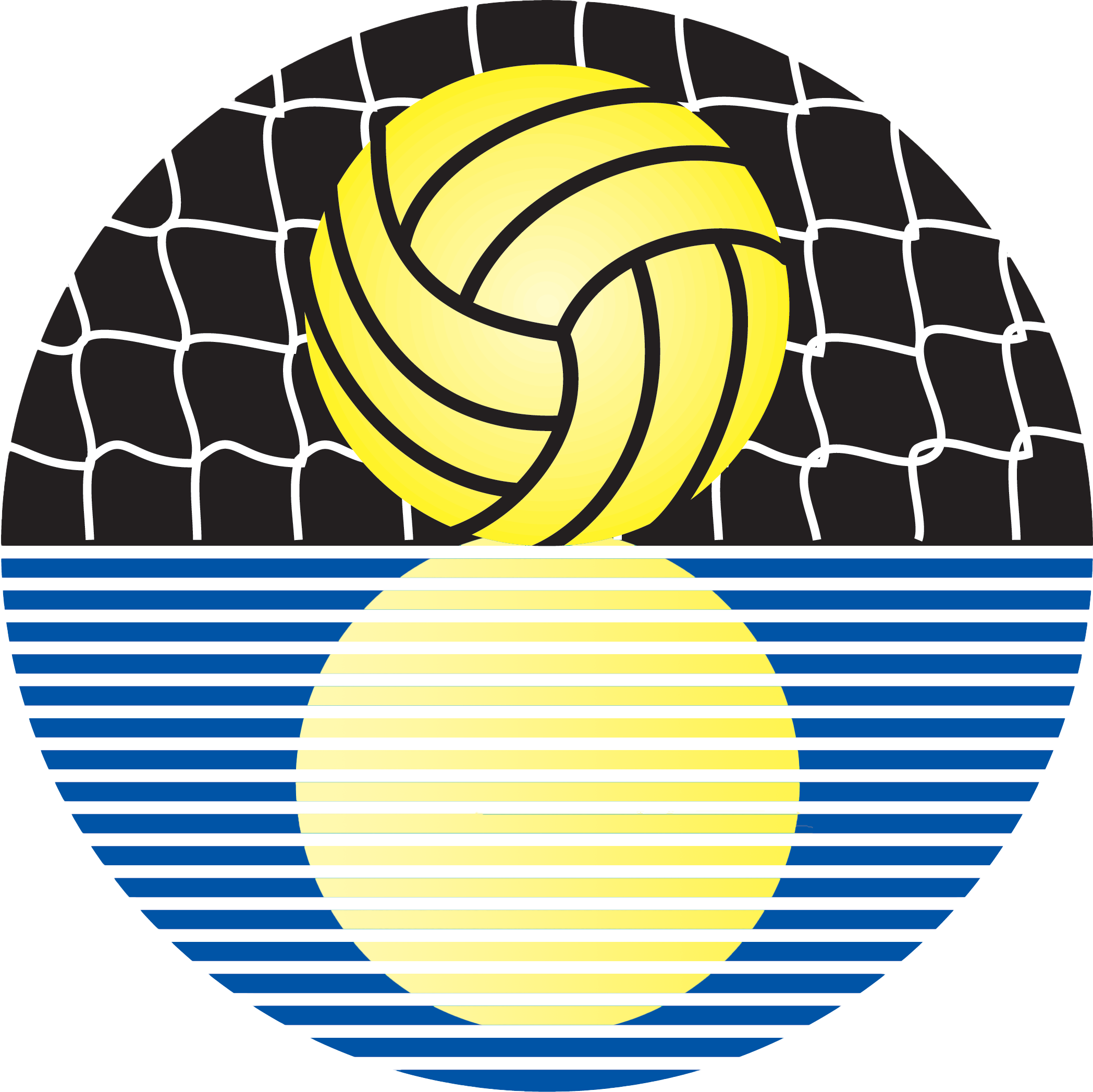INDIANAPOLIS, Ind. — The National Collegiate Athletic Association (NCAA) Division I Board of Directors approved a proposal from the Division I Decision-Making Working Group that simplifies the governance structure for the division, increases student-athlete representation throughout all levels of decision-making, and provides greater authority to sport-specific committees over rules that impact their respective sports. The changes are expected to be phased in over the coming months, starting September 1.
The new structure will comprise 30 Division I committees, including 19 committees that govern each Division I championship sport, a 32% reduction in the total number of Division I committees. Student-athletes will now have voting seats on almost every committee, which is an increase of 40 total seats, doubling the total number of student-athlete seats.
“Together, these changes embed student-athlete perspectives deeply into Division I governance and set a new standard for meaningful engagement,” said Meredith Page, chair of the Division I Student-Athlete Advisory Committee and a former women’s volleyball student-athlete at Radford University. “Reform is not a single moment; it is a sustained commitment. As the national level decentralizes, it is essential that student-athletes expand their access, influence and representation at the conference and subdivisional levels.”
The new committee structure decentralizes decision-making and extends the flexibility around certain rules — previously afforded to autonomy conferences — to other subdivisions. All subgroups within Division I will have the ability to act on rules about athletics personnel, scholarships, meals and nutrition, and pre-enrollment expenses (like assistance for families during official visits).
Division I will continue to have national standards for rules relating to ethical conduct and institutional control, recruiting regulations, minimum athletics eligibility rules, minimum academic requirements, season start and end dates, national championship administration, and minimum membership requirements.
The new structure does not impact how rules are changed for championships access or revenue distribution, including possible changes to the basketball performance funds. Changes to those rules require division-wide votes in which each school has one vote and no weighted voting would apply.
“College sports are entering a new era, with student-athletes at Division I schools receiving more financial, health and academic benefits than ever before,” said Tim Sands, president at Virginia Tech and chair of the board. “It is time for the Association to adapt how decisions are made, with increased efficiency and increased student-athlete voice, and the board’s vote to implement this new structure reflects the Association’s commitment to a modernized approach to governing ourselves moving forward.”
Under the new structure, the following committees will govern Division I:
- The Division I Board of Directors will remain the highest-ranking committee, with oversight of the budget, select litigation matters and the infractions processes.
- The Administrative Committee will replace the Division I Council as the committee with oversight in specified areas, including ethical conduct, academic and athletics eligibility, membership, and championships.
- The Academics and Eligibility Committee will report to the Administrative Committee and — via two subcommittees — will have oversight over minimum student-athlete standards for academic and athletics eligibility requirements.
- The Membership Committee will manage membership items, including reclassification processes and requirements for active Division I schools and conferences.
- The Student-Athlete Advisory Committee will continue to represent the voice of student-athletes. Each Division I conference will continue to have a student-athlete representative.
- Sport-specific oversight committees will report to the Administrative Committee and will have authority over rules for conduct of athletics personnel, playing and practice seasons, recruiting (with Administrative Committee review), and authority over Division I playing rules and championship administration. Each committee will include an opportunity for the respective coaches association representative to participate.
“Today’s changes were carefully developed by student-athlete leaders and representatives from all subgroups to enable faster decisions and double student-athlete representation for DI, while ensuring access to championships and funding streams remain consistent for every school in the division,” NCAA President Charlie Baker said. “From unprecedented financial benefits to health and academic guarantees, the NCAA is making changes to do more for student-athletes, and today’s changes protect what brings DI together and updates the decision-making to meet this new era.”
Within these committees, the autonomy conferences will have weighted voting, amounting to approximately 65% of each committee, except for the Student-Athlete Advisory Committee. If all members of a committee with weighted voting are in alignment on a given proposal, that proposal would pass. However, if one of the weighted vote members disagrees, the proposal would not be able to pass without support from another member of the committee. Weighted voting on sport committees and oversight committees will not apply to championship administration, including championship selections.
The board also adopted a resolution, which specifies that for a five-year period no changes can be made to membership requirements for existing Division I schools and conferences.
Following feedback from NCAA members, the final recommendation submitted by the Decision-Making Working Group and adopted by the board includes designated seats on each committee for faculty athletics representatives, reflecting the Association’s continued commitment to academics as part of the college sports experience.
The new sport-specific oversight model also ensures that coaches are represented in decisions about their respective sports, including designated seats for a coaches association representative on each oversight committee.
Sport oversight committees already exist in football and men’s and women’s basketball, and other than the composition of the committees, they will not be impacted by the new structure changes.
At the recommendation of the working group, the board referred some membership questions to the new committee structure, including reviewing the NCAA infractions process and developing the process and meeting cadence for the new structure. The new committees will also be directed to consider specific definitions for autonomy conferences and review whether additional Division I rules should be decentralized, while considering possible changes for areas that will continue to have national standards.
NCAA Division I Governance

Streamlined Governance Structure
As Division I athletics evolves, so should its governance structure. Approved in August 2025, the structure marks a bold step forward, ensuring that Division I athletics remains responsive and adaptive in an ever-changing landscape.
Over time, the way the NCAA has managed Division I college sports ballooned into a committee-heavy structure, with 44 Division I committees and over 525 committee members. The new structure consists of 30 Division I committees with just over 480 committee members — in other words, 32% fewer committees. At the same time, the new structure dramatically increases committee seats for student-athletes, more than doubling their representation.
With a focus on less bureaucracy that empowers committees and committee members to focus on decisions that are best for the division in an efficient and timely manner, the new structure is flexible, defensible, adaptable, predictable, accessible, straightforward and boldly different than the structure that preceded it.
The revised committees aim to reinforce the tie between college athletics and the academy, protect athletics opportunities and provide a sustainable environment for the division. They include:
- The Division I Board of Directors as the highest-ranking governing body for the division, with oversight of the Division I budget, select litigation matters and infractions processes.
- The Administrative Committee as the body with legislative and policy oversight in specified areas, including ethical conduct, academic and athletics eligibility, membership and championships.
- The Academics and Eligibility Committee, which will report to the Administrative Committee and — via two subcommittees — have oversight over minimum student-athlete standards for academic and athletics eligibility requirements.
- The Membership Committee, which will strategically manage membership items, including but not limited to, reclassification processes and Division I membership requirements for active Division I schools and conferences.
- The Student-Athlete Advisory Committee, which will continue to represent the voice of Division I student-athletes. Each Division I multisport conference will continue to have a student-athlete representative.
- Sport-specific oversight committees, which will report to the Administrative Committee and have authority over legislation governing conduct of athletics personnel, playing and practice seasons, recruiting (subject to Administrative Committee review), and authority over Division I playing rules and championship administration. Sports oversight committees already exist in football (Football Bowl Subdivision and Football Championship Subdivision) and men’s and women’s basketball. The new sport-specific oversight model ensures that coaches are represented in decisions about their respective sports, including designated seats for a coaches’ association representative on each oversight committee.
Even as the NCAA changes the way it governs, several things that work well and fairly for all Division I schools will remain the same. Revenue distribution formulas and automatic qualification for postseason/championships will not change with the new governance structure. These remain division-dominant rules, meaning any changes must occur at an annual or special convention, are subject to the one-school-one-vote standard and require at least a two-thirds majority vote of Division I delegates present and voting.

Increased Student-Athlete Voice and Tie to Academics
From Congress to campus, there is consensus that the student-athlete voice must increase in the modern era. The new governance model reflects that commitment, significantly increasing student-athlete participation and voting authority. Student-athletes now serve — and vote — on additional governance and sports oversight committees, more than doubling the current student-athlete participation on committees.
The national Division I Student-Athlete Advisory Committee will continue to provide feedback and ideas on behalf of over 190,000 student-athletes across the division. SAAC will increase its collaboration with the current NCAA Division I Football and Men’s and Women’s Basketball Student-Athlete Engagement Groups to ensure that student-athlete perspectives are integrated into key areas of decision-making and policy development.
With a focus on reinforcing the tie between college athletics and the academy, the number of faculty athletics representatives serving on committees also increased. FARs now have a seat on governance and sports oversight committees, emphasizing the continued need to tie academics to committee decision-making.
Flexible Decision-Making
In addition to revising its governance structure, the NCAA continues to modernize its rules to improve outcomes for student-athletes in this new era. In the coming months, committees will review current rules and suggest decentralizing certain regulatory areas that are currently applicable to all of Division I. Decentralization will allow subdivisions (subject to a risk assessment), conferences or schools to establish regulations in areas that are no longer identified as national standards, empowering local decision-making that reflects the best interests of the subdivision, conference or schools and the student-athletes they represent.
The division will also recommend a modification to the 11 areas of NCAA rules currently designated as areas of autonomy, allowing those areas to be acted on by each subdivision. The current 11 areas include:
- Athletics personnel.
- Insurance and career transition.
- Promotional activities unrelated to athletics participation.
- Recruiting restrictions.
- Preenrollment expenses and support.
- Financial aid.
- Awards, benefits and expenses.
- Academic support.
- Health and wellness.
- Meals and nutrition.
- Time demands.
Each change is rooted in keeping student-athletes and the commitment to academics at the forefront of Division I college sports. While this is a time of change, this is also an enormous opportunity.
Release courtesy National Collegiate Athletic Association (NCAA)




